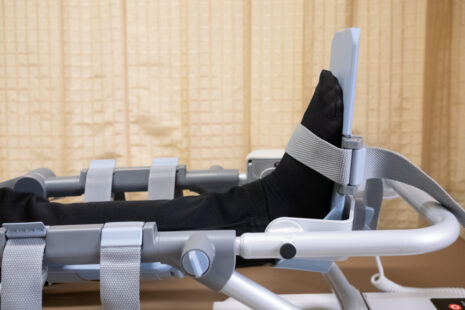Determining the “safest” sport statistically can be complex and may vary depending on factors such as the specific metrics used for analysis, the population being studied, and the methodology employed. However, some sports are generally considered to have lower injury rates compared to others based on available data and research.
Sports with typically lower injury rates include…
- Swimming – Swimming is often cited as one of the safest sports due to its low-impact nature and reduced risk of traumatic injuries. However, injuries such as shoulder overuse injuries can still occur, especially in competitive swimmers.
- Track and Field – Track and field events such as running, long jump, and javelin throw generally have low injury rates compared to contact sports. However, overuse injuries like shin splints and stress fractures can occur, particularly in long-distance runners and jumpers.
- Cycling – Cycling, especially non-competitive recreational cycling, is considered relatively safe, with a low risk of injury compared to contact sports. However, cycling accidents can still occur, particularly when riding in traffic or on challenging terrain.
- Gymnastics (non-competitive) – While competitive gymnastics can involve a higher risk of injury due to the demands of training and competition, recreational gymnastics or gymnastics for fitness often have lower injury rates.
- Cross-Country Skiing – Cross-country skiing is generally considered safe, with a lower risk of traumatic injuries compared to downhill skiing or snowboarding. However, overuse injuries like shin splints or muscle strains can still occur.
It’s important to note that injury rates can vary based on factors such as age, skill level, training intensity, and adherence to safety guidelines. While some sports may have lower overall injury rates, they may still carry risks of specific types of injuries or medical conditions.
The safety of a sport depends on various factors, including proper coaching, equipment use, training practices, and injury prevention strategies. Regardless of the sport chosen, athletes should prioritize safety, proper technique, and appropriate conditioning to reduce the risk of injury and promote long-term participation and enjoyment.




